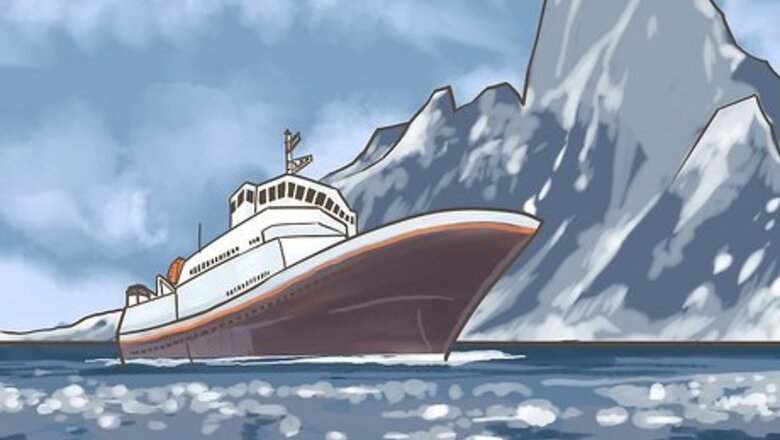
views
Travelling to Antarctica by Ship
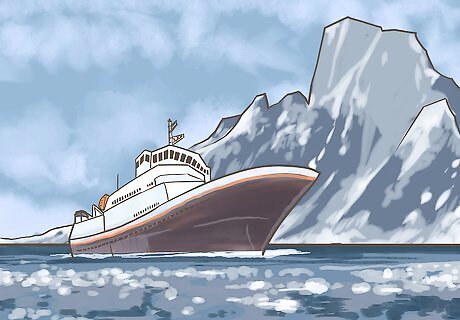
Travel on a cruise ship. By far the most common way to travel to Antarctica is on a special cruise ship. These trips vary, but are typically between 10 days and three weeks long. You can take various routes to the Peninsula depending on where you are departing from. The advantages of these cruises are that everything is provided on the ship, and you get to see Antarctica and its wildlife close-up for an extended period of time. Most voyages to the Antarctic Peninsular region leave from Ushuaia, Tierra del Fuego in Argentina, Port Stanley in the Falkland Islands and a few leave from Punta Arenas in Chile, Buenos Aires in Argentina, or Puerto Madryn in Argentina.
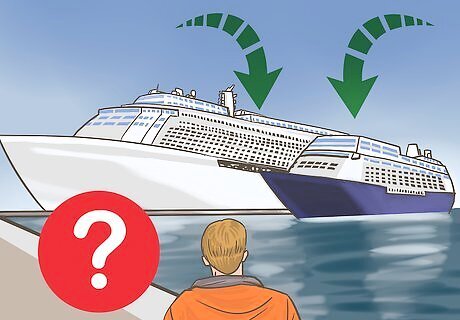
Decide whether to travel on a larger cruise ship or smaller one. There are a variety of ship sizes that you can travel on, ranging from around 45 passengers total at the smaller end, to 280 passengers at the larger end. Both have their advantages and disadvantages. In general, the larger the ship the more comfortable and well-equipped it will be, but the less opportunity you will get to land on Antarctica yourself and see things up-close. In high seas, larger ships are the most comfortable but the strict guidelines on how many people can visit the shore will limit your opportunities for shore visits. Smaller ships allow for more time on shore. This is because tourist guidelines limit landings of tour groups to 100 people. All reputable cruise operators will be registered with the International Association of Antarctica Tour Operators (IAATO), so this is good place to consult during your planning. They support environmentally friendly travel to Antarctica. The costs for these cruises will vary, but for a ten day trip expect to pay at least $4500, whereas for the longer trips it could be from $12,750-$16,000.
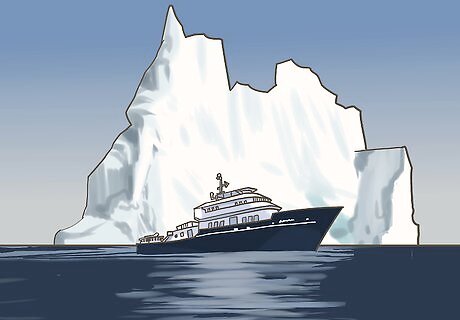
Sail to Antarctica on a yacht. It is possible to reach Antarctica by yacht but this is not commonplace and is more for specialist yachtsmen than your average tourist. There are a number of yachting companies that are sanctioned by the IAATO and conduct trips to Antarctica who can you contact. Yachts tend to leave from Ushuaia or Stanley and are only for the very courageous and adventurous. For these smaller ships, the conditions are much more treacherous than the larger cruise ships. This is a very expensive option that could cost more than $1000 a day for each traveller.
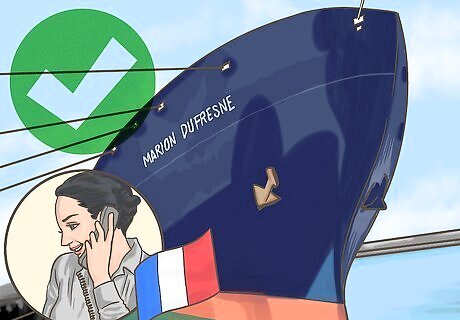
Travel on a French re-supply ship. One left-field option is to travel on a French re-supply vessel as a tourist. The ship, Marion Dufresne II, leaves from Réunion and the round-trip takes around a month. The number of tourists allowed aboard is limited and you will have to contact French tourist agencies for up-to-date information on departure schedules, availability and prices. Prices start from around $8,000 for the month.
Flying to Antarctica

Take a fly over. Probably the most straight-forward way to see Antarctica is from above. You can book yourself on a sightseeing flight over Antarctica which enables you to see its great white landscape from the comfort of a plane. Taking a sightseeing flight is a good option for day-trippers who want to spend a few hours over Antarctica and get back the same day. You can enjoy the views while Antarctica experts give talks on the plane and you are served food and drink. Australia is now the only place you can take these flights from. You need to plan ahead if you want to do this and book early. If you want to get up and close and see the wildlife this is not the choice for you. Depending on your seats, tickets will cost anything from $1,000 to $8,000.
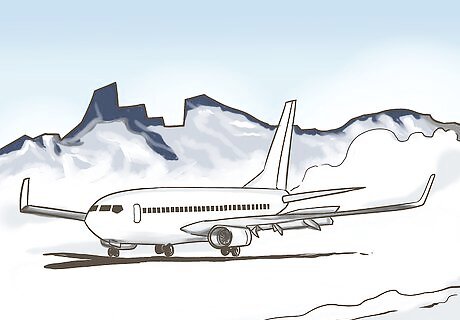
Get a flight that lands on Antarctica. If you want to touch down on Antarctica, there are a number of companies that offer this service, leaving from a variety of places. Where you choose to go from will depend on the rest of your trip, so think about whether it would be better to travel from Australia, Chile, South Africa or Argentina and fully investigate the schedules from each place. Bear in mind that flights to Antarctica are much less frequent and less predictable than ordinary flights. Some adventure holiday companies have deals which involve landing on Antarctica and skiing, camping and climbing. You can fly to King George Island from Punta Arenas in Chile and stay overnight at a camp there for tourists.

Investigate fly-cruise options. Another option is a fly-cruise package, which cuts down the time spent on a ship (avoiding the notoriously rough Drake Passage), but still enables you to get a close-up view of the landscape and wildlife. You can fly to King George Island, and then get aboard a ship which will take you around the area. This could be a good option if you want to see the ice and wildlife up close, but don’t want to spend so much time travelling on board a cruise ship. But it won’t be any cheaper. Expect to pay something in the region of $10,000 to $14,000 for a two-week trip.

Remember bad weather can ruin your plans. Be aware that flights are subject to cancellations due to weather and other safety issues. This is true for any flight, but the extreme conditions on the bottom of the world make this a more frequent occurrence. The best approach to assessing flight options is to read guidebooks written specifically for Antarctica, or check specialist websites, as the details change yearly depending on availability and interest.
Planning Your Trip
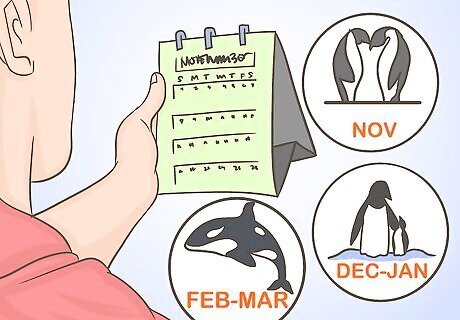
Choose the right time to visit. Antarctica's tour season covers about five months, mostly over the Southern Hemisphere summer (November to March). All other times of the year are extremely cold, dark, and the pack ice freezes out a long way. Be aware that while there will be less people around later in the season, much of the wildlife will already have left and headed out to sea. During these months, some of the things you can expect include: During November, the pack ice starts to break up and it's mating season for the penguins and other birds. During December and January, the penguin chicks hatch and are fed and nurtured in the breeding grounds. During February and March, the penguin chicks fledge, the adult penguins molt, and the whales are easy to spot.

Expect a large hole in your budget. This is one travel destination where budget travel is not much of an option unless you're hired to work hard. At a minimum, you will probably be facing at least US$5,000 and that is for the bare necessities and not necessarily the best seating or opportunities. It is possible to get cheap last minute deals with cruise ships in places like Ushuaia in Argentina. You need to be in town, flexible, and able to set off straight away. This is a risky option, but if it works you could save quite a lot of money. If you don't want to visit as a tourist, think of other options, such as joining a government expedition to Antarctica. For this, you'll likely need suitable technical, scientific, medical, or other relevant skills like cooking for a large group. You will also need to be considered to have a suitable background for government employment. Another possibility is to travel as an invited part of a crew. Some people get asked to come along as journalists, photographers, artists, etc., and their trip is covered by whoever invited or sent them along. Again, this will depend on your skills.

Understand the health and safety issues. The Antarctic environment is dangerous for human beings. The weather can deteriorate rapidly and it is always cold, even in the summertime (highs in the summer along the coast generally range from 41–56 °F (5–13 °C)). There are dangers such as crevasses on ice fields and glaciers and fire hazards are high in the very dry environment, so handling anything flammable must be done with care. Read up on the gear and clothing you need. You will definitely need excellent waterproof clothing! Your cruise ship will most likely have things to hire if you don’t have them, but they might not be a great fit. There are no vaccination requirements for Antarctica but you should be fit and in good health because medical treatment will be basic and spread thin among all your passengers. Any medical conditions that you do have should be detailed by your doctor in letter form, especially if you need to bring along medication.
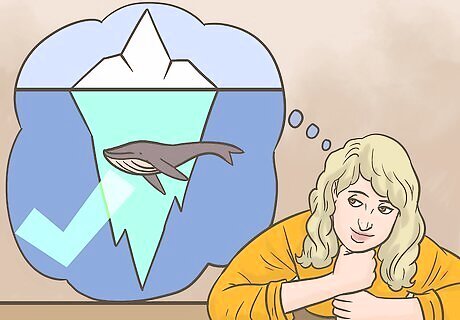
Respect the fragility of the Antarctic environment. The Antarctic environment is fragile and apart from expeditions, bases, and some tourists, there has been little human change. Wildlife remains unafraid of humans because of the lack of long-term negative interaction. It is important to respect the pristine nature of Antarctica and to ensure that tourism doesn't have a negative impact. There are Visitor Guidelines adopted under the Antarctic Treaty that regulate visitors' actions at Antarctica and it is worth reading them as part of your preparation for the visit. Some of the basics to keep in mind include: Don't go too near wildlife and don't do anything to disturb wildlife. Don't litter. Don't deface anything – all human-built structures have historical value and many huts, etc., have heritage listings. Do not engrave anything into rocks or other land features. Take photos and nothing else. Leave all eggs, shells, plants, rocks, fossils, soil, etc., where they are.
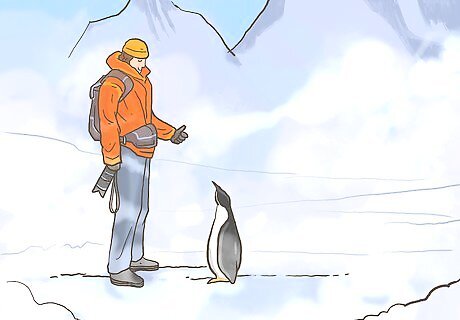
Enjoy your trip of a lifetime. This is one of those trips that people who take it can never forget or stop talking about. If you love pristine beauty, amazing sights, incredible wildlife opportunities, and you don't mind a bit of cold, this might be the perfect trip that will create a lifetime memory.




















Comments
0 comment